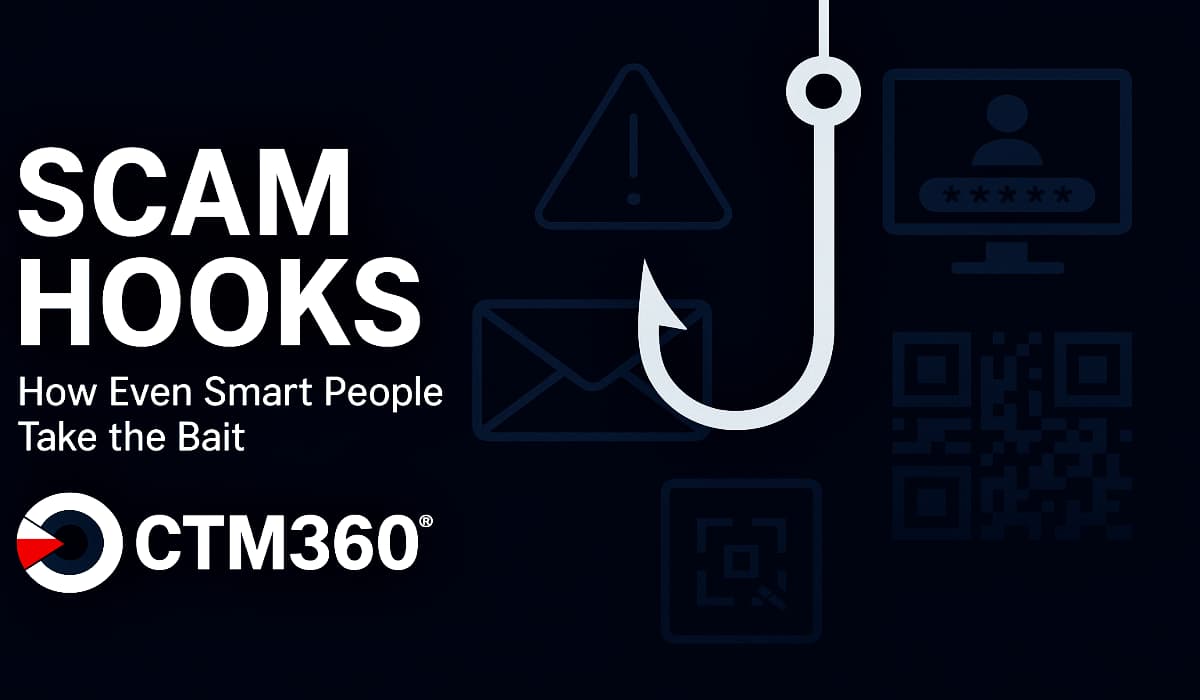A recent report from CTM360 highlights the sophisticated tactics scammers employ to manipulate victims, leveraging emotions to facilitate modern fraud. The research outlines how these deceptive strategies encompass artificial intelligence, stolen data, and brand impersonation, moving beyond traditional phishing methods. By exploiting trust and urgency, scammers create convincing scenarios that lead individuals and organizations into traps designed to extract sensitive information or financial resources.
The report emphasizes that modern scams are not merely the result of clever coding; they hinge on psychological manipulation. Scammers invoke feelings such as fear, greed, and urgency to narrow victims’ judgment, prompting them to take hasty actions—such as clicking links, sharing personal information, or making payments. This evolution in tactics indicates a significant shift from technical breaches to psychological exploitation.
Understanding the Mechanics of Scam Hooks
CTM360 categorizes scam hooks into four primary groups, providing insight into the methods used by fraudsters.
1. **Psychological traps** exploit emotions like urgency or fear, compelling victims to act without critical thought.
2. **Technical and design traps** involve fake login pages, look-alike websites, and malicious applications, all crafted to deceive.
3. **Social engineering traps** manipulate trust, often impersonating IT staff, executives, or even friends through cloned profiles and fake communications.
4. **Content and media traps** draw in victims with enticing but false narratives, including fabricated job offers or giveaways.
With the advent of AI, the landscape of fraud has transformed dramatically. According to the report, nearly a third of individuals have encountered AI-driven voice scams, often without realizing they were being targeted. Scammers now utilize advanced chatbots for phishing emails and voice cloning to imitate familiar contacts, enhancing their ability to mislead potential victims. This rapid adaptation to current trends enables fraudsters to produce highly sophisticated scams that are increasingly difficult to identify.
Identifying Red Flags and Protecting Yourself
Despite the evolving tactics, many scams leave subtle indicators that can signal danger. CTM360’s report provides practical guidance on recognizing these red flags. By analyzing real-world examples, the report illustrates how seemingly benign communications can conceal intricate fraud schemes.
The key takeaway is the importance of vigilance. For individuals and businesses alike, recognizing scam hooks and taking a moment to assess the legitimacy of unsolicited communications can significantly mitigate risk. As CTM360 notes, maintaining a healthy skepticism towards digital interactions is crucial in protecting oneself from becoming a victim.
The threat landscape has shifted from external systems to internal judgment, making awareness the first line of defense against fraud. As scammers continue to refine their methods, staying informed and cautious remains essential for safeguarding personal and organizational security.
For further insights and detailed analysis, the full report titled “SCAM HOOKS: How Even Smart People Take the Bait” is available at CTM360’s website.
